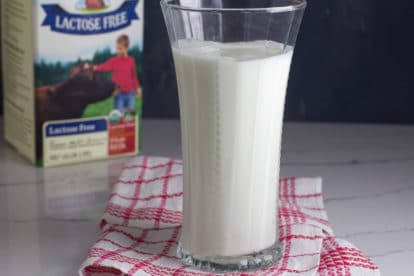With wildfires raging out West, hurricanes battering the Gulf Coast, and food supplies becoming an ever-greater problem, it’s easy to wonder: What areas of the U.S. would be best able to ride out a breakdown of society? Here’s a possible surprise. While cities and urban centers make headlines, certain rural areas go unnoticed as the safest havens.
These have robust infrastructures, minimal potential for disasters, and robust local food systems. Research conducted by top organizations such as FEMA, the USDA, and NOAA identifies 13 U.S. areas with the qualities needed to withstand emergencies, including abundant freshwater supplies and agricultural resilience.
Let’s explore these safe havens and why they may be the safest wagers to ride out a collapse.
Upper Peninsula, Michigan

Concealed in the topmost corner of Michigan lies the Upper Peninsula, often overlooked. But its strategic advantages are apparent. Here is replete with freshwater resources, one of the most coveted assets in the event of a potential collapse of urban systems. As a bonus, the Upper Peninsula has a food insecurity rate of just 11.4%, lower than the national rate of 13.5% according to a USDA report.
Its low disaster frequency and tight, cohesive communities place it near the top of the rankings of safe locations in the U.S. If food security is your top priority, this place offers a peaceful, self-sufficient way of life. The lakes and forests that contribute to its resilience also strengthen it, providing natural defenses and abundant food supplies.
Northern Minnesota
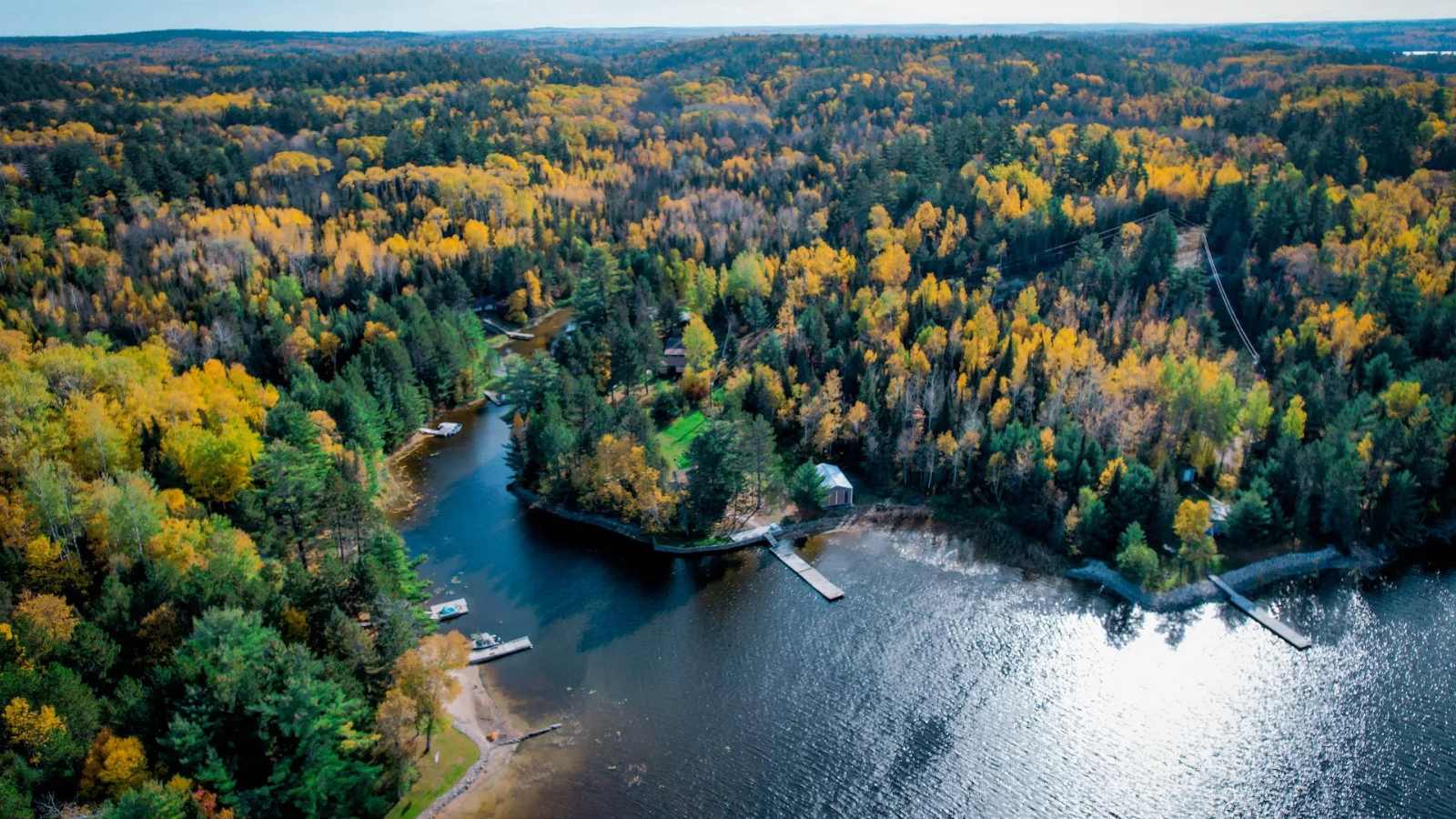
Northern Minnesota stands out for its high resilience, low disaster exposure, and natural landscape. To date, only 7.4% of Minnesota’s population is food-insecure, according to the World Population Review in 2025.
The region is well shielded from the usual spectrum of natural hazards, having cold winter months that discourage massive wildfires or hurricanes. The fertile soil and the region’s intensive agricultural practices provide sufficient locally produced food.
In addition, the state’s extensive forests provide building materials, fuel, and forage, ensuring locals can be independent.
Driftless Area, Wisconsin

Wisconsin’s Driftless Area is unique because it was not covered by glaciers, making it a region rich in biodiversity and agricultural potential. The rugged landscape naturally protects against many disasters, and its farming heritage makes it an extremely appropriate region for food safety.
With minimal disaster risk, as defined by FEMA’s Risk Index, the Driftless Area is one of the safest areas.
Populations have previously been independent, with a variety of local produce and animals. Its resilience, based on strong infrastructure and a history of farming, ensures that communities will be prepared with the resources to prosper in a challenging future.
Sandhills Region, Nebraska
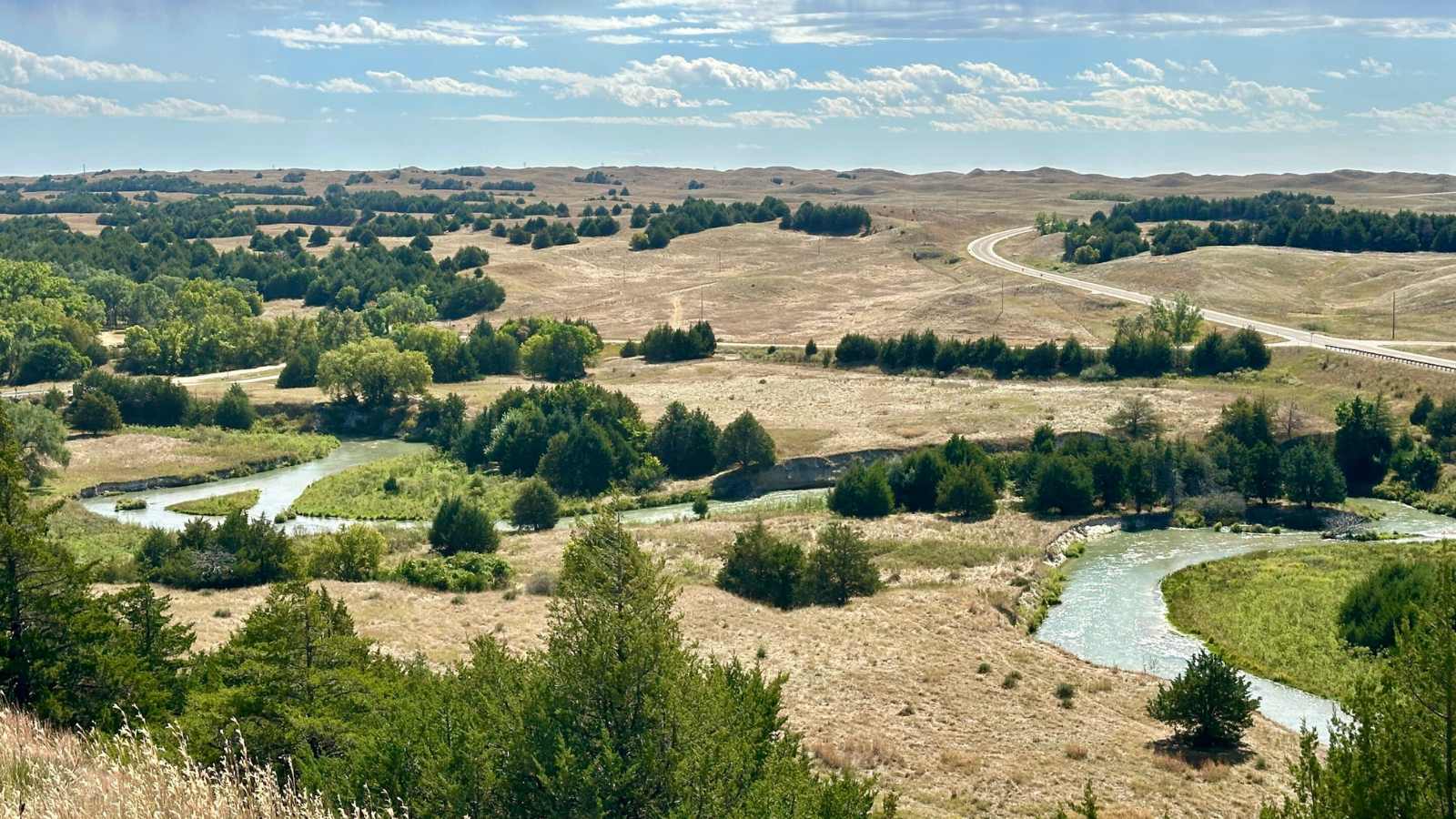
The Sandhills region of Nebraska might seem isolated, yet it is not lacking in resources. It has the Ogallala Aquifer, the largest water storage in the country. This gives it a strong edge in water security.
This aspect will only grow in importance during the age of societal collapse. The low population density implies fewer individuals competing for resources, and the region’s agro-based nature suggests there is plenty of food.
Rural areas like this one, the Brookings Institution states, offer some of the most promising prospects for long-term survival. The combination of natural resources and minimal risk of natural disasters in the Sandhills makes it one of the most resilient regions of the U.S.
Interior Maine (Aroostook County)
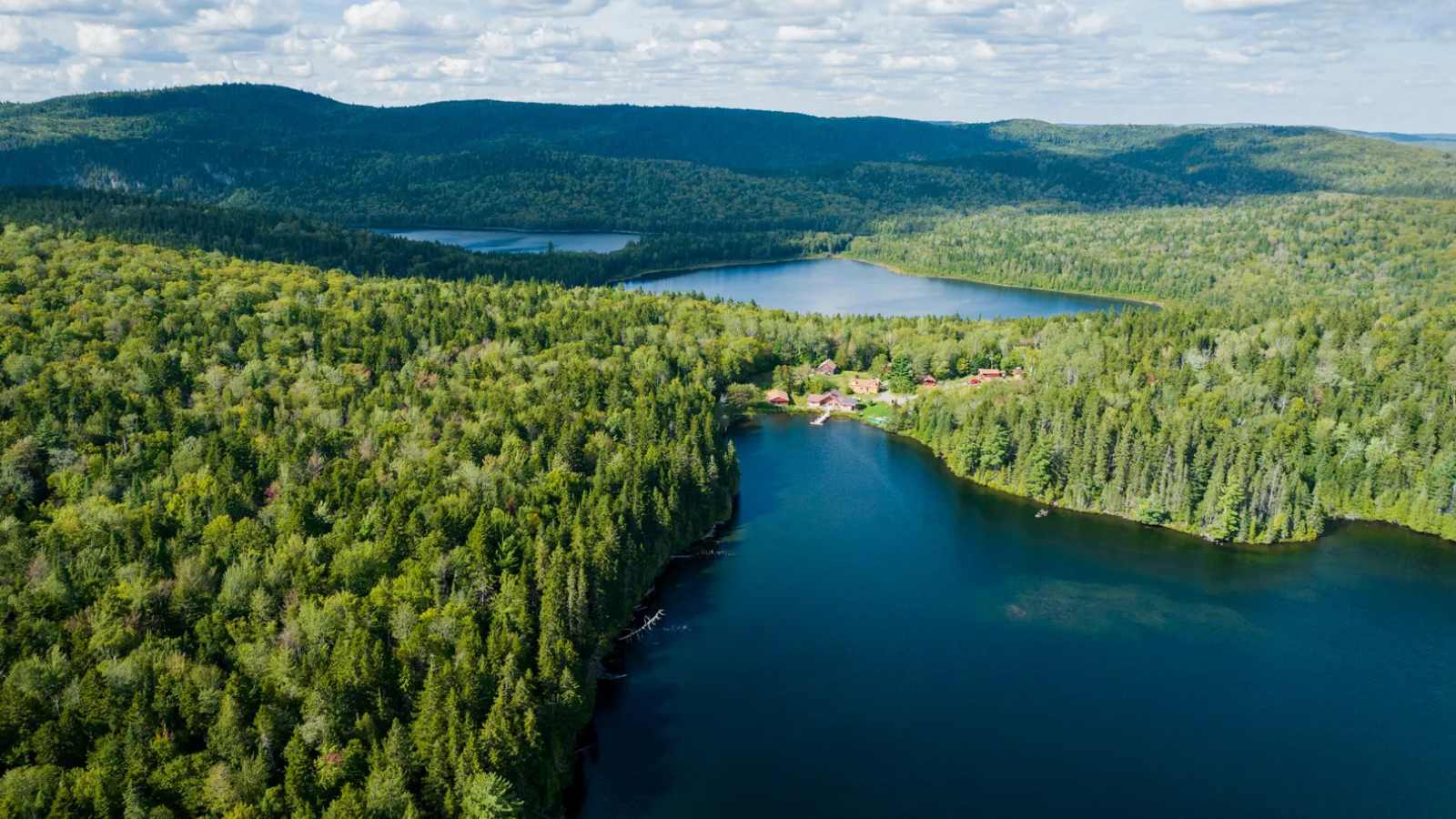
Aroostook County in Maine is an ideal refuge because it is forested and has little exposure to natural disasters. The remote northeast corner of the U.S. offers extreme isolation, which can be an invaluable commodity in times of social collapse.
The rural county boasts strong local food systems, with varied crop and livestock production to achieve self-sufficiency. The latest NOAA Climate Assessment discovers Aroostook County to be at minimal risk for climatic disasters. Besides, its seclusion protects it from city mayhem, enabling people to stay safe and well-stocked.
Ozark Mountains (Missouri/Arkansas)
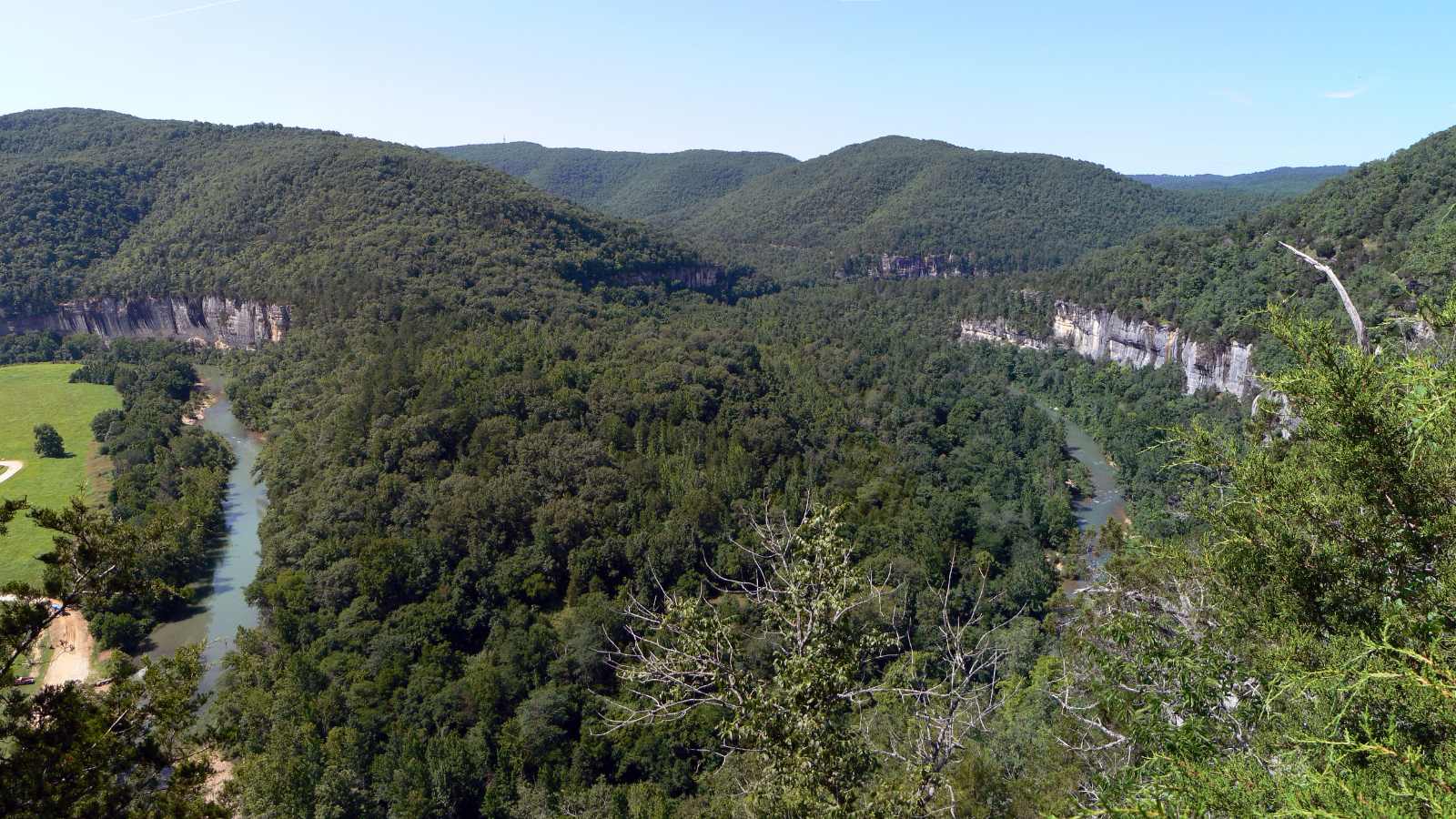
The Ozark Mountains, which cover Missouri and Arkansas, are known for their elevation, freshwater sources, and rugged landscape. All these factors render the area conducive to long-term survival. The community in this place has a strong sense of community, with rural infrastructure that facilitates self-reliance.
The Ozarks are listed among the safest regions in the U.S. for natural disaster vulnerability by FEMA. Freshwater sources — rivers and streams —are abundant, and local food networks—ranging from small farms to wooded foraging—promise survival even during hard times.
Appalachian Highlands (West Virginia/Virginia)
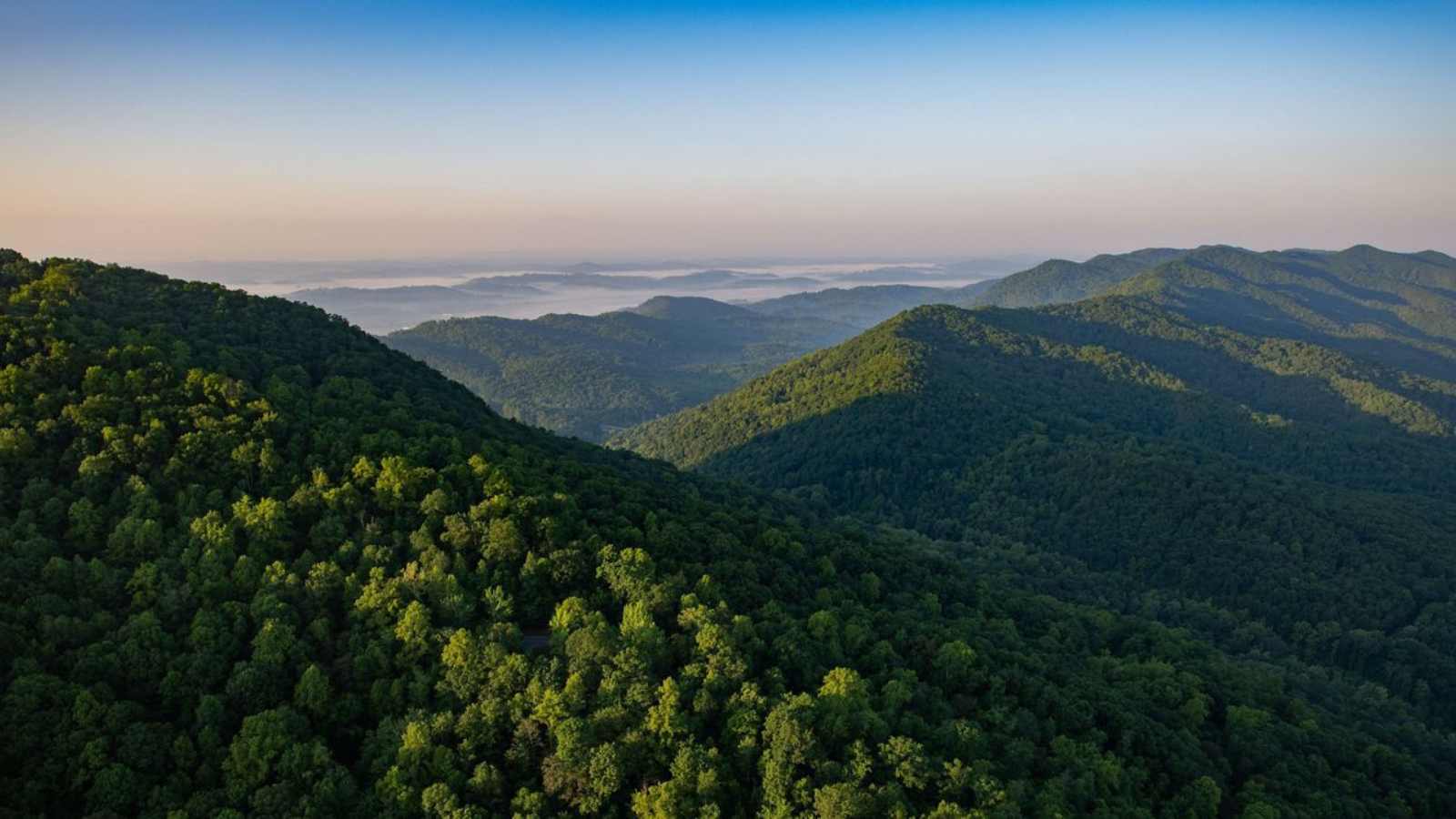
The Appalachian Highlands, spanning parts of West Virginia and Virginia, are characterized by mountainous terrain and minimal exposure to major natural disasters. The region has a solid agricultural foundation, providing local produce for locals. Brookings Rural Future indicates that the strong rural base here fosters the culture of self-sufficiency and resilience.
The towns here are less exposed to hurricanes, wildfires, and floods, and the residents are therefore well-positioned to weather a collapse. This makes the Appalachian Highlands one of the best locations for disaster preparedness in the U.S.
Western Montana
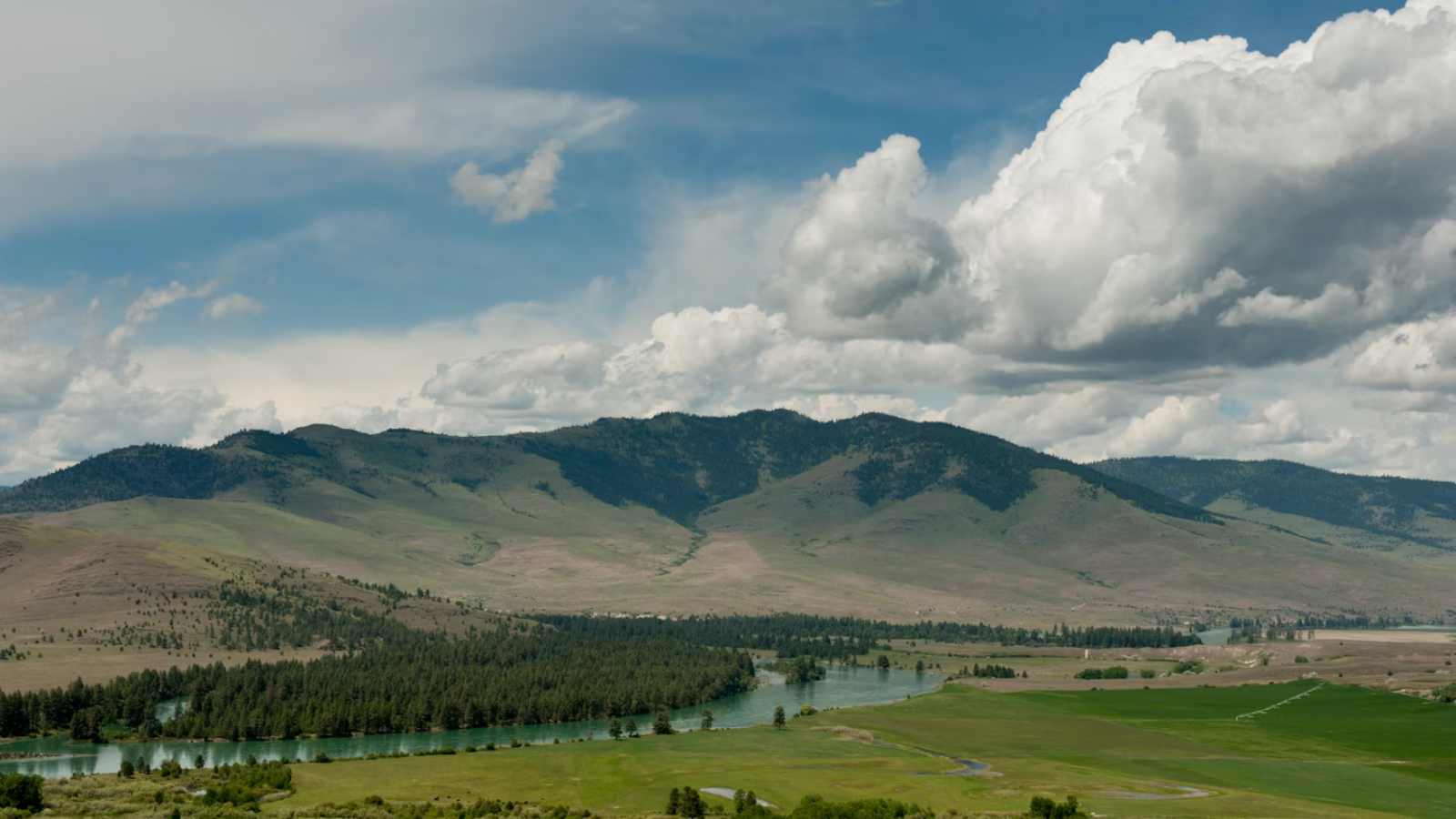
Western Montana is another U.S. state that consistently performs well in terms of its resilience against societal collapse. The region has a low population density, which means resources are more evenly distributed, and its mountainous terrain offers natural protection. The region’s wildlife and fresh water availability make it among the safest places for food.
And with fewer natural disasters, Western Montana is less likely to experience the destruction that happens elsewhere in the country. ArcGIS describes this area of Montana as offering both isolation and sustainability, two key elements for surviving in uncertain times.
Northern Idaho (Panhandle)
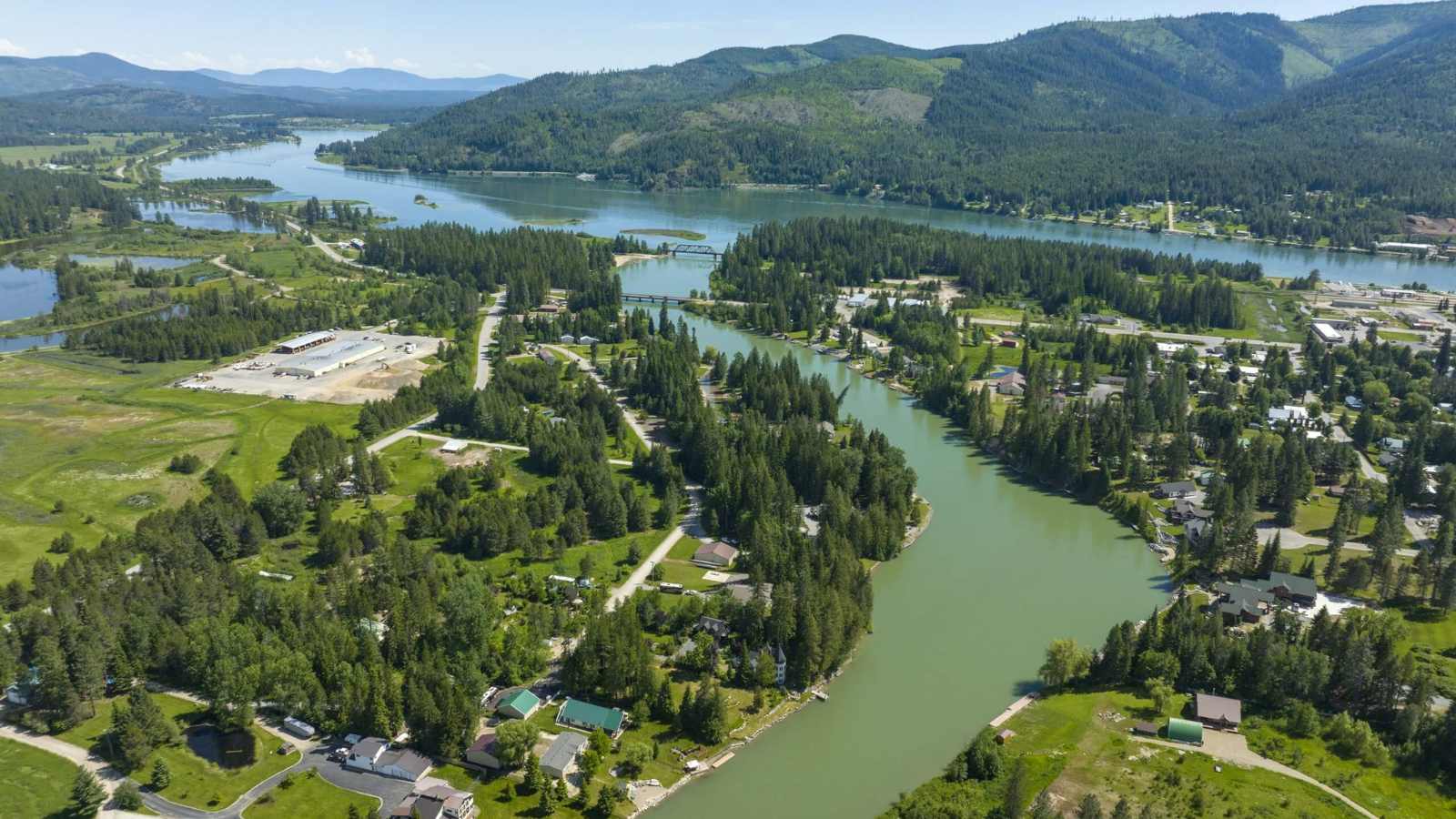
The Panhandle of Northern Idaho is another decent haven in the event of societal collapse. With its rolling topography and remote placement, this region enjoys an ideal combination of remoteness and resources.
Local agriculture and eco-friendly lifestyles form the foundation for the region’s very high level of community resilience. Freshwater access is plentiful, and the region’s low social vulnerability makes it a good bet for anyone looking to find stability in a crisis.
Southern Utah (Canyonlands)
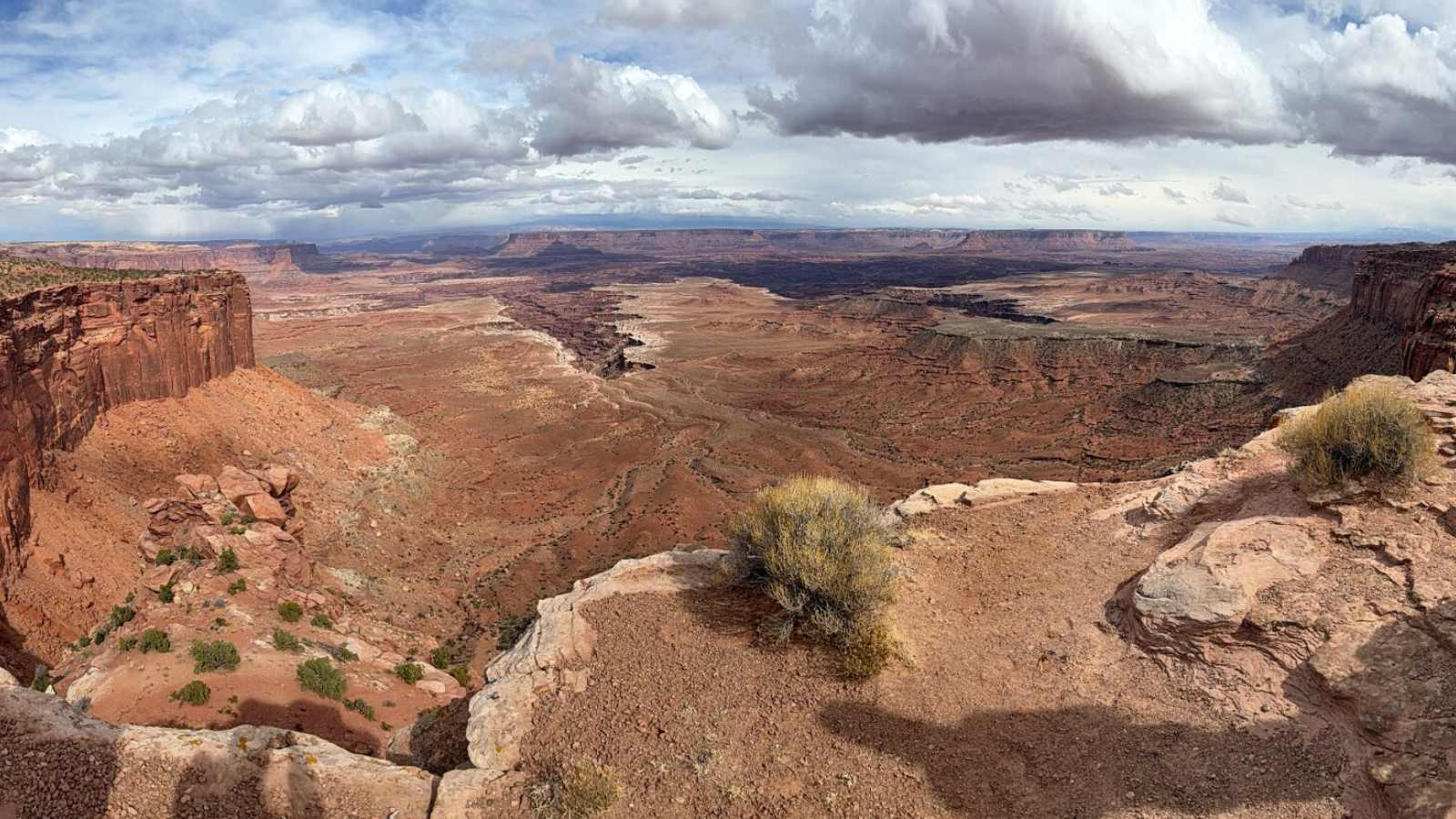
Southern Utah’s Canyonlands offer natural defenses and vast expanses of desert terrain, making it the pick of this list. Though the region’s dry climate may pose challenges, its natural resources, such as solar energy potential, make it particularly well-suited for long-term survival.
The region’s low exposure means a lower risk of being affected by large hurricanes or inundation, and its remote terrain offers some natural protection against social unrest. Southern Utah’s stable climate is an asset that could provide security and sustainability in the event of societal breakdown.
Interior Alaska
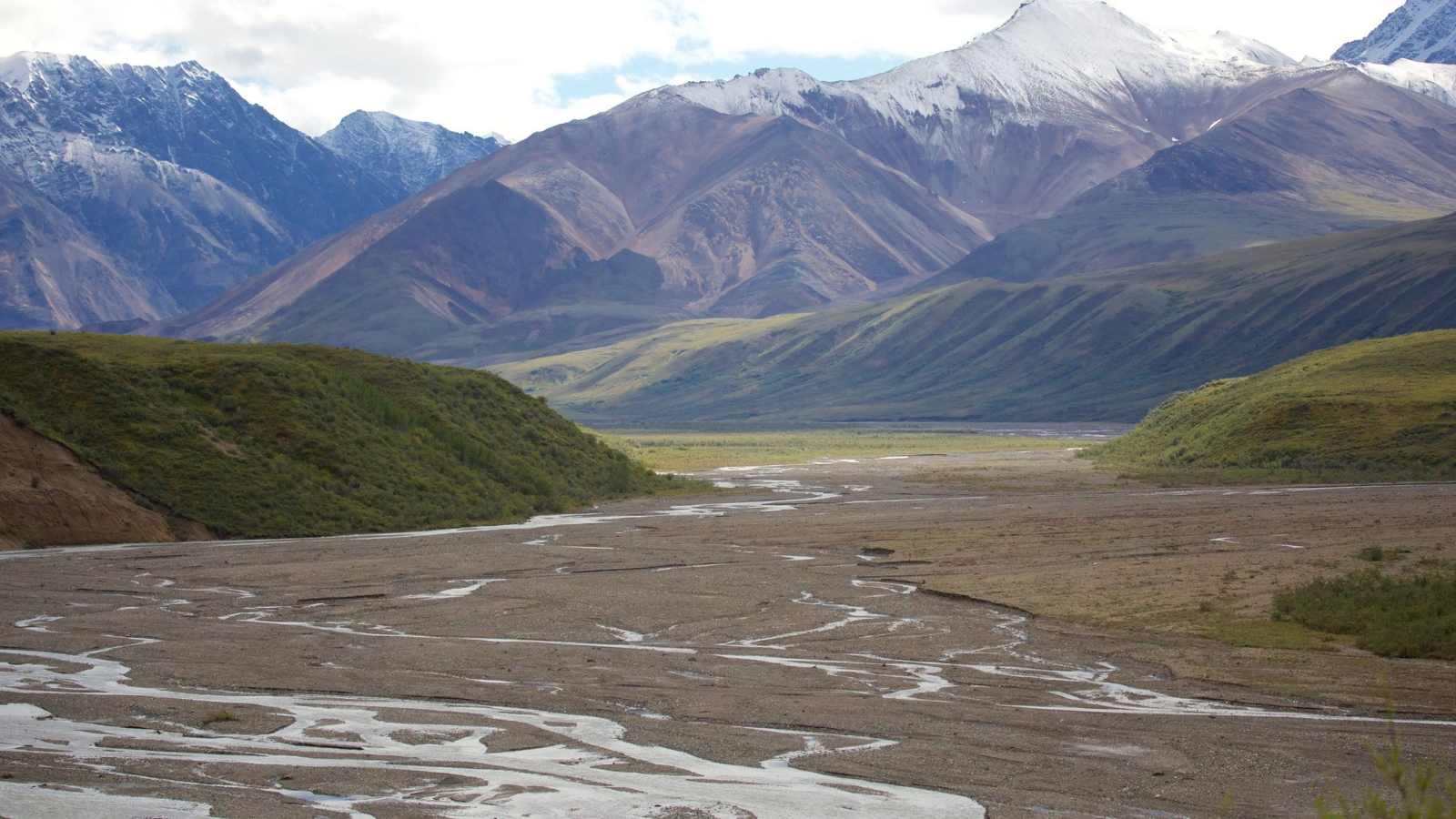
For those who desire isolation, Interior Alaska is the ultimate hideaway. With its sub-freezing temperatures and endless, untamed lands, Alaska’s interior offers a sense of self-sufficiency and safety that few other U.S. regions can equal. Natural resources, including fresh water and wildlife, are plentiful in the area, creating the best survival conditions.
Its rugged terrain may deter most, but to those willing to learn to live with the harsh conditions, it offers unparalleled security.
Blue Ridge Mountains, Georgia
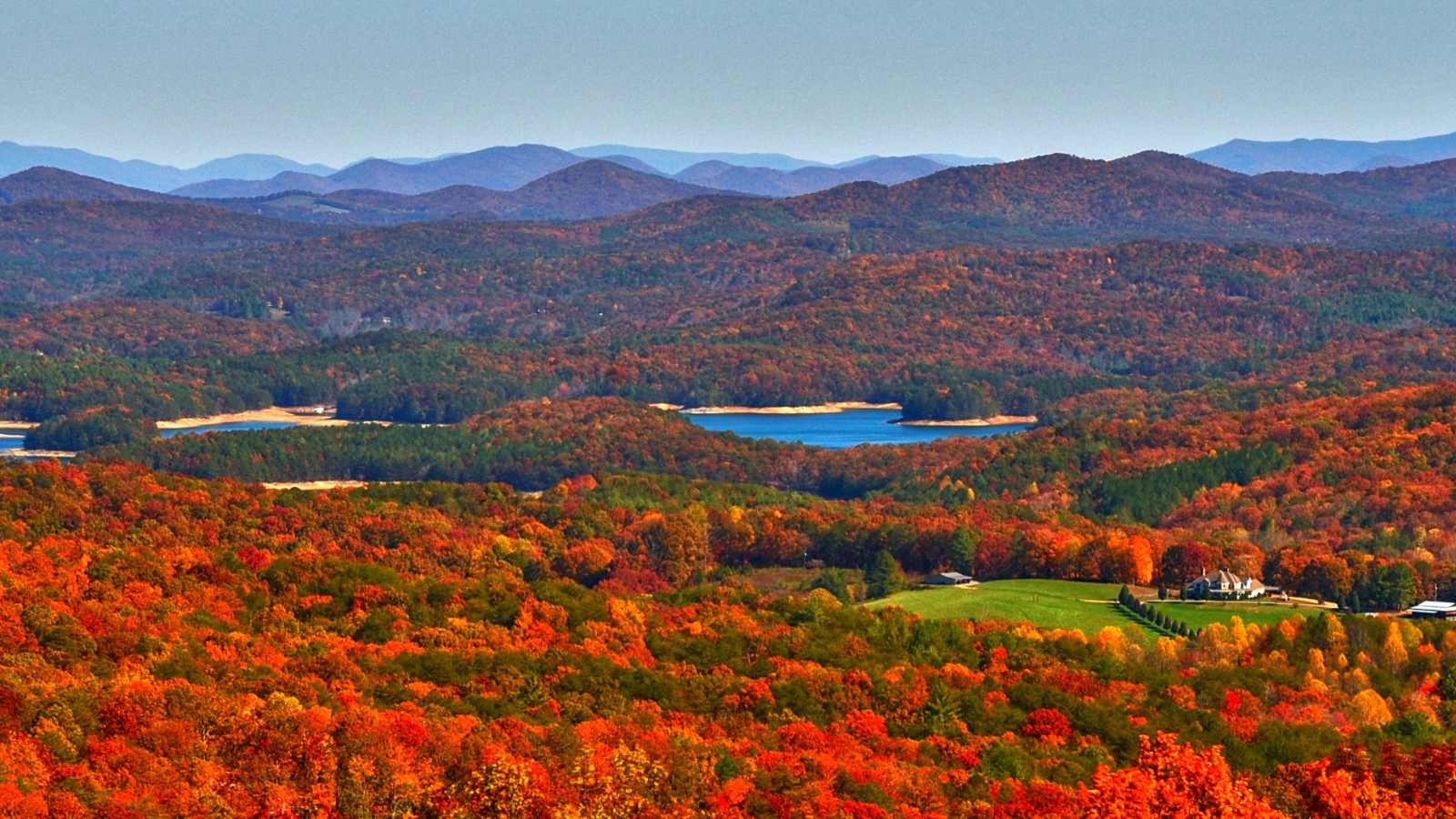
The Georgia Blue Ridge Mountains offer a temperate climate, with a combination of natural beauty and rugged terrain. Elevations serve to shield from flooding, and canopy forests provide natural cover. This area is relatively safer from natural disasters than much of the rest of the country, according to FEMA’s Risk Index.
The region also boasts a highly developed agricultural production base, supporting local food supplies. With its moderate climate and strong community networks, the Blue Ridge Mountains provide a safe, sustainable site for people who want to ride out a crisis.
Four Corners Region
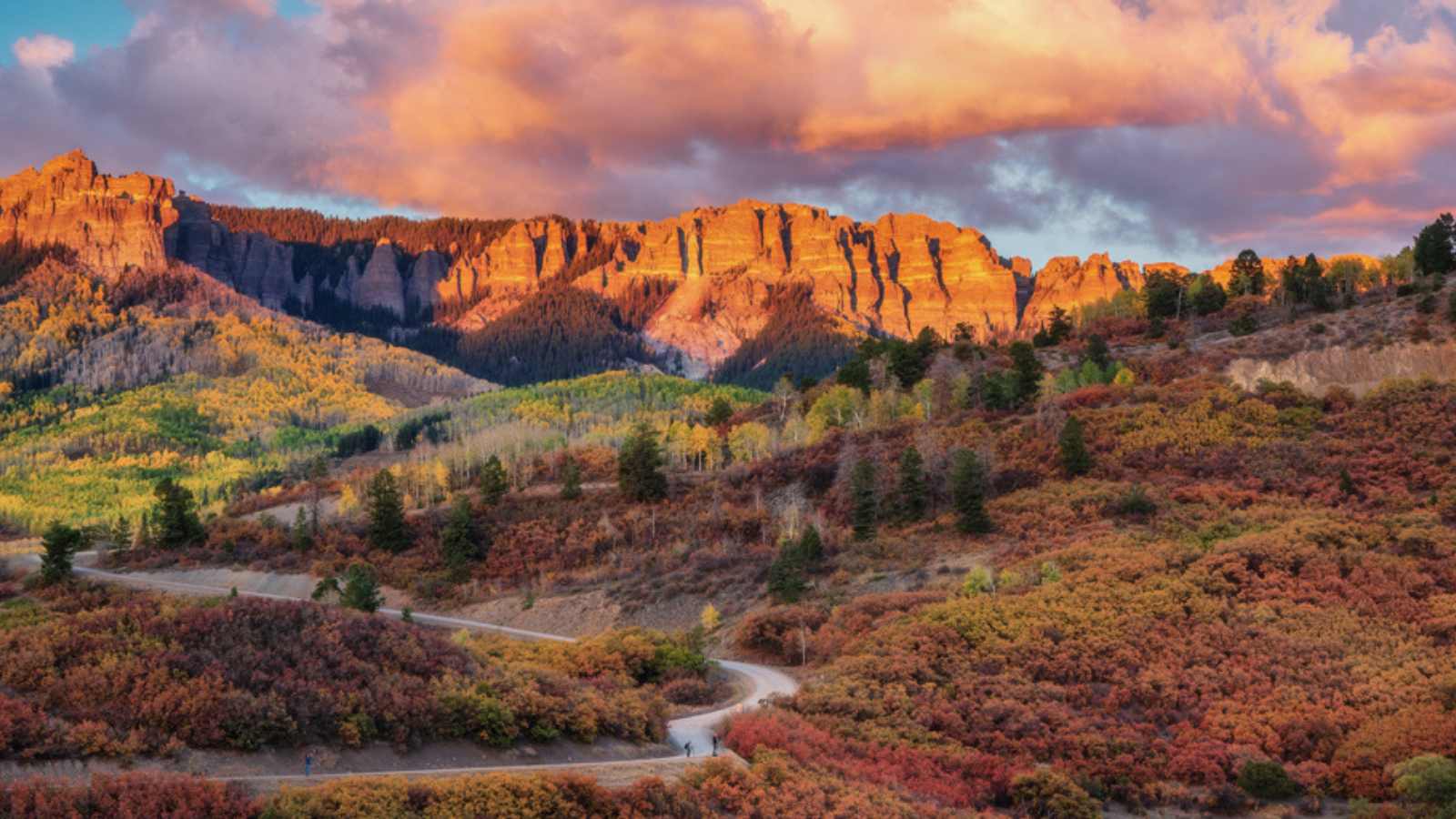
The Four Corners Region, where Colorado, New Mexico, Arizona, and Utah meet, is a multi-cultural and resourceful area. The region’s topography ranges from desert to green valley, making it ideal for food security.
With their indigenous knowledge on sustainable living, the region’s people are prepared for independence. The Four Corners region is relatively low in susceptibility to large natural disasters such as hurricanes and floods, which contributes to its appeal as a secure haven for uncertain times.
Key Takeaway

The U.S. boasts areas with unparalleled advantages that render them ideal havens for societies during times of breakdown. From the Upper Peninsula of Michigan to the Four Corners region, these areas possess natural resources, low disaster risk, and robust communities.
Research by credible institutions like FEMA, USDA, and NOAA repeatedly finds that these areas are less vulnerable to natural hazards, more resilient, and better able to withstand profound societal transformation. If you’re looking for somewhere to ride out a meltdown, here are 13 U.S. safe havens to look at.
ALSO ON MSN: 15 Home Maintenance Tasks You Can’t Afford to Skip
Disclaimer – This list is solely the author’s opinion based on research and publicly available information. It is not intended to be professional advice.
Disclosure: This article was developed with the assistance of AI and was subsequently reviewed, revised, and approved by our editorial team.
7 morning rituals women swear by for more energy and confidence

7 Morning Rituals Women Swear By for More Energy and Confidence
Morning rituals don’t have to be complicated. A glass of water, a quick stretch, five minutes with your journal — these small things stack up to create significant change. Women who build these habits aren’t just “morning people”; they’re people who decided to take charge of their first hour of the day.
6 gas station chains with food so good it’s worth driving out of your way for

6 Gas Station Chains With Food So Good It’s Worth Driving Out Of Your Way For
We scoured the Internet to see what people had to say about gas station food. If you think the only things available are wrinkled hot dogs of indeterminate age and day-glow slushies, we’ve got great, tasty news for you. Whether it ends up being part of a regular routine or your only resource on a long car trip, we have the food info you need.
Let’s look at 6 gas stations that folks can’t get enough of and see what they have for you to eat.






